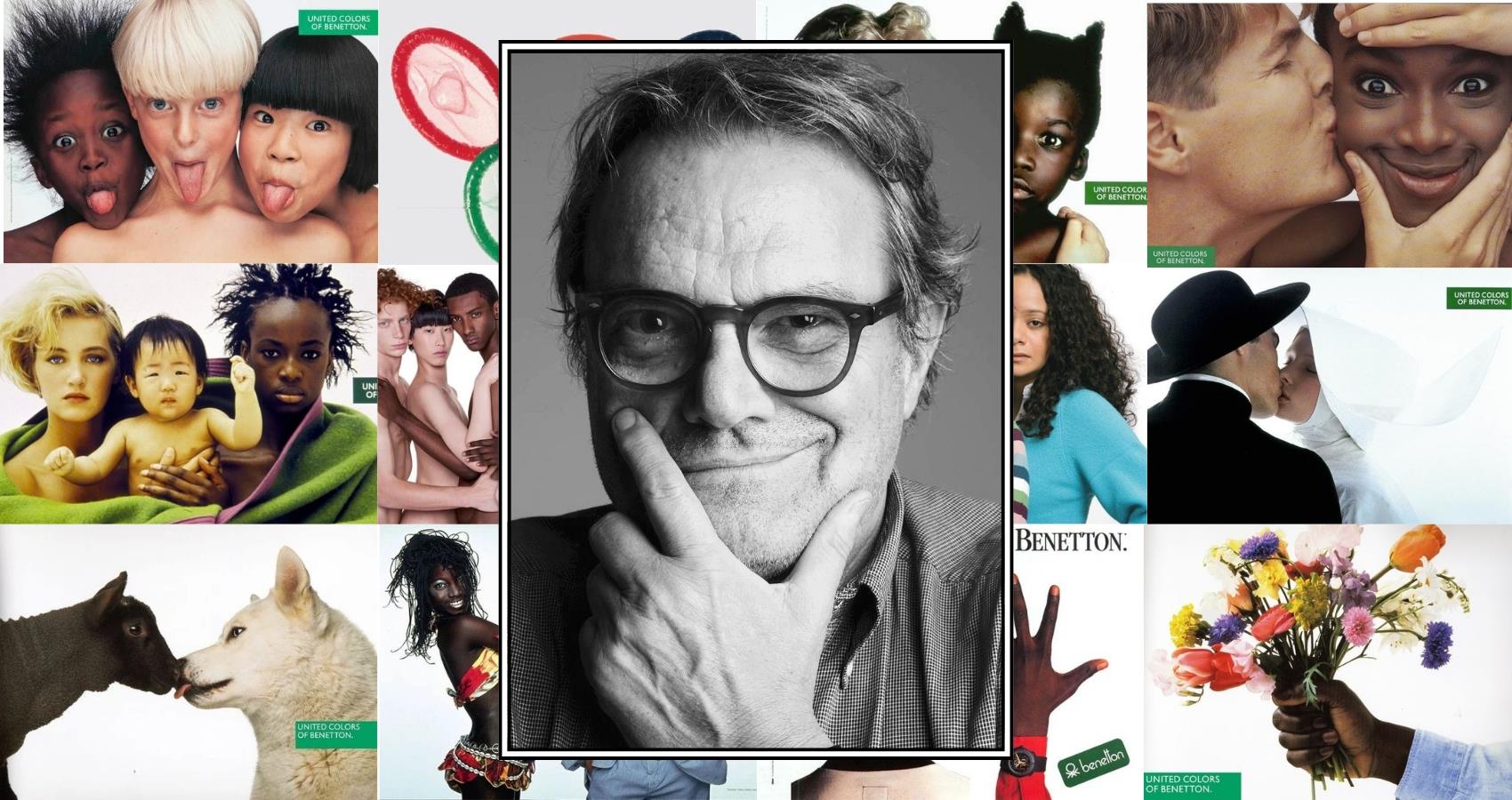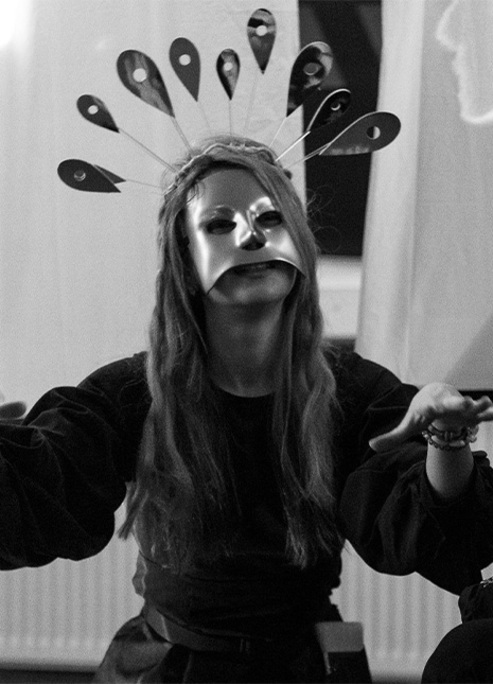The Passing of an Icon: Oliviero Toscani Died
What legacy he left.
On January 13, 2025, renowned Italian photographer Oliviero Toscani passed away at the age of 82. The cause of death was amyloidosis, a rare and incurable disease that causes the accumulation of abnormal proteins in organs and tissues. Today, we look back on his most iconic works and explore why Toscani's art left an indelible mark on the history of fashion and advertising.
Pioneering Provocative Advertising
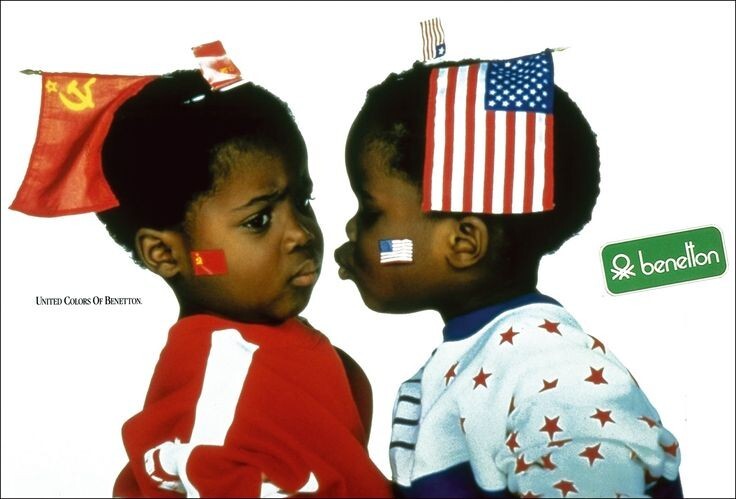
Toscani gained widespread recognition for his provocative advertising campaigns for the Benetton brand in the 1980s and 1990s. His works often addressed sharp social issues such as racism, religion, and the death penalty, provoking both admiration and criticism. Despite the polarizing reception, he proved that advertising could be more than a commercial tool—it could be a powerful social statement.
Early Life and Career
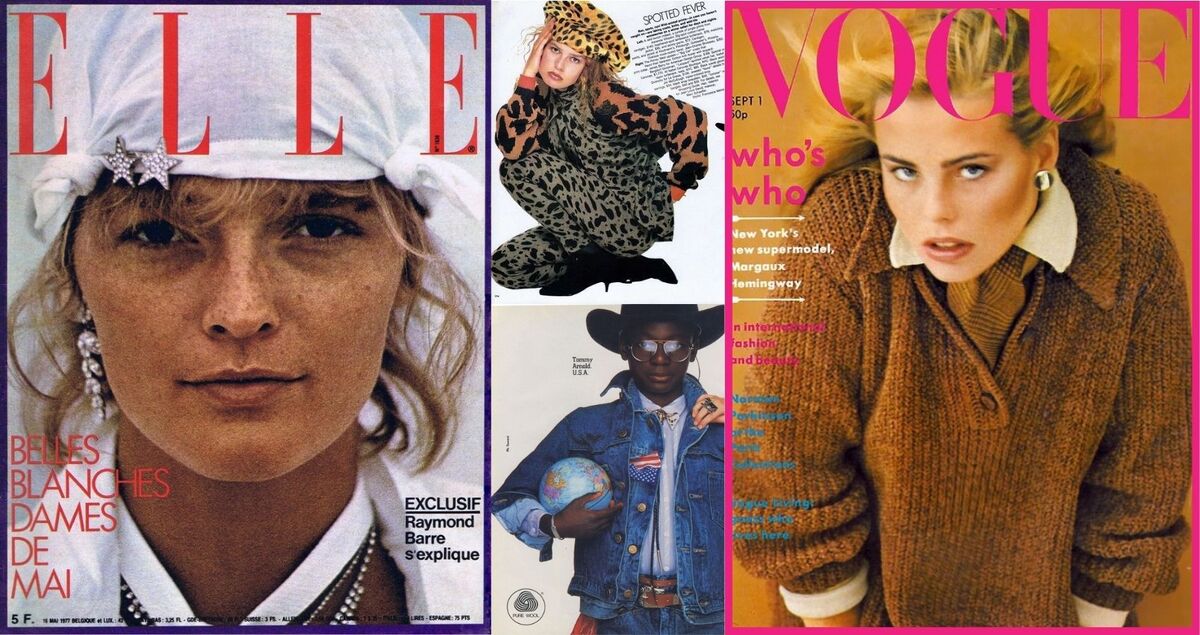
Born in Milan in 1942, Toscani studied at the Zurich University of the Arts before launching his career in fashion photography, collaborating with magazines such as Elle and Vogue. His partnership with Benetton began in 1982 and lasted nearly two decades. During this time, Toscani created numerous memorable and controversial advertising images that defined an era.
Colors Magazine and Fabrica: A Legacy of Creativity
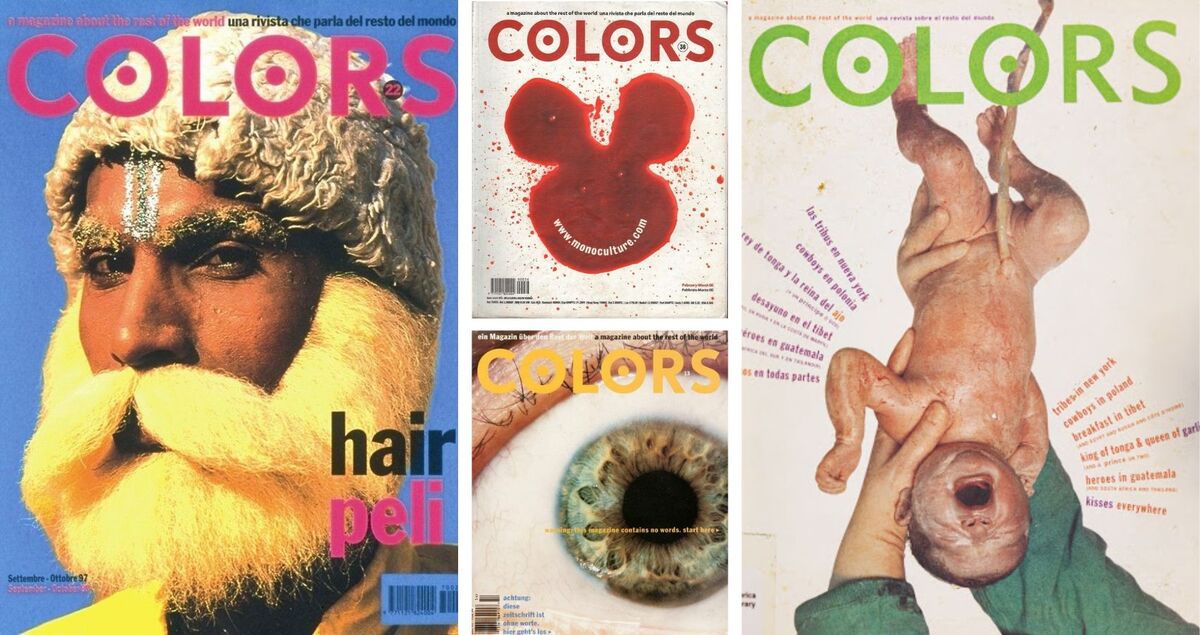
In addition to his work with Benetton, Toscani founded Colors magazine, which combined art, social commentary, and innovative communication approaches. He also established Fabrica, a research center focused on exploring creative processes and fostering young talents from around the world. Furthermore, Toscani actively engaged in social projects, drawing attention to issues such as anorexia, discrimination, and the death penalty.
Iconic Works That Challenged Society
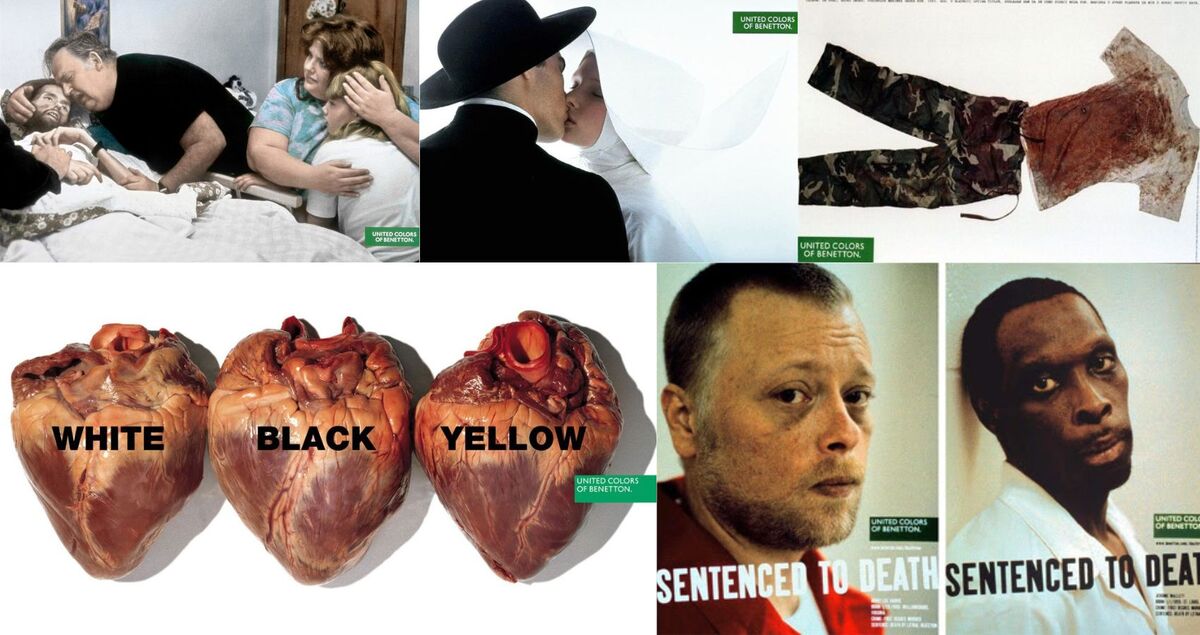
Among Toscani's most famous works is the photograph of AIDS patient David Kirby, modeled after the classical "Pietà," which became a symbol of the fight against prejudice surrounding the disease. The campaign "Priest and Nun," featuring a priest kissing a nun, sparked debates about moral and religious taboos. The work "After the Battle," highlighting the brutality of the Bosnian War, depicted a blood-stained uniform of a soldier. The project "Three Hearts" used images of human hearts labeled "white," "black," and "yellow," emphasizing equality among people. The campaign "Faces of Death Row" questioned the humanity of capital punishment by showcasing portraits of inmates awaiting execution.
A Legacy of Reflection and Provocation
Toscani’s photography was often criticized for its starkness and shocking nature, yet these qualities were precisely what made his work such a powerful trigger for public discourse. He challenged traditions and stereotypes, provoking not just reactions but also reflection. In an era when many seek to avoid discomfort, his art served as a reminder of the importance of confronting difficult topics openly.
The Lasting Impact of Toscani’s Vision
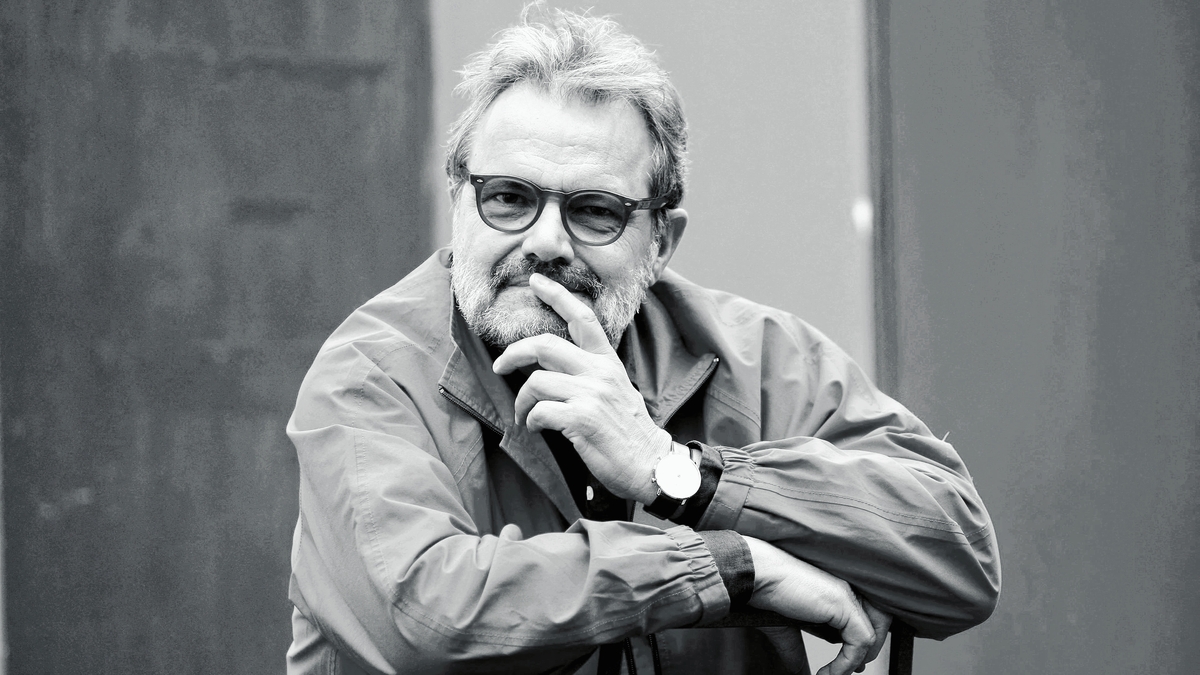
Oliviero Toscani always stayed true to himself. He used photography as a mirror for society, allowing everyone to see both its beauty and its flaws. His works stand as a reminder that even within the confines of commerce, it is possible to create something greater than mere advertisements. Toscani transformed advertising into a platform for social discourse, expanding the boundaries of what art can achieve in the modern world. His legacy will remain a testament to how creativity can shape and challenge public opinion.



